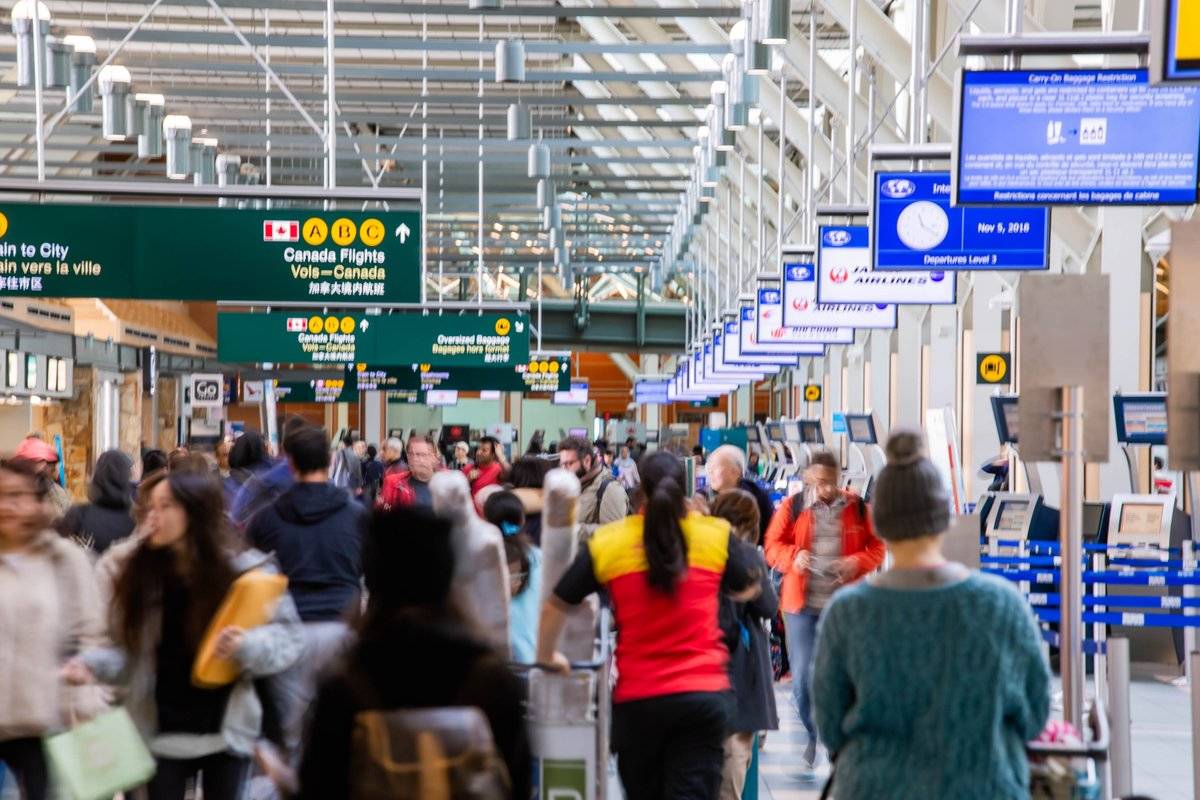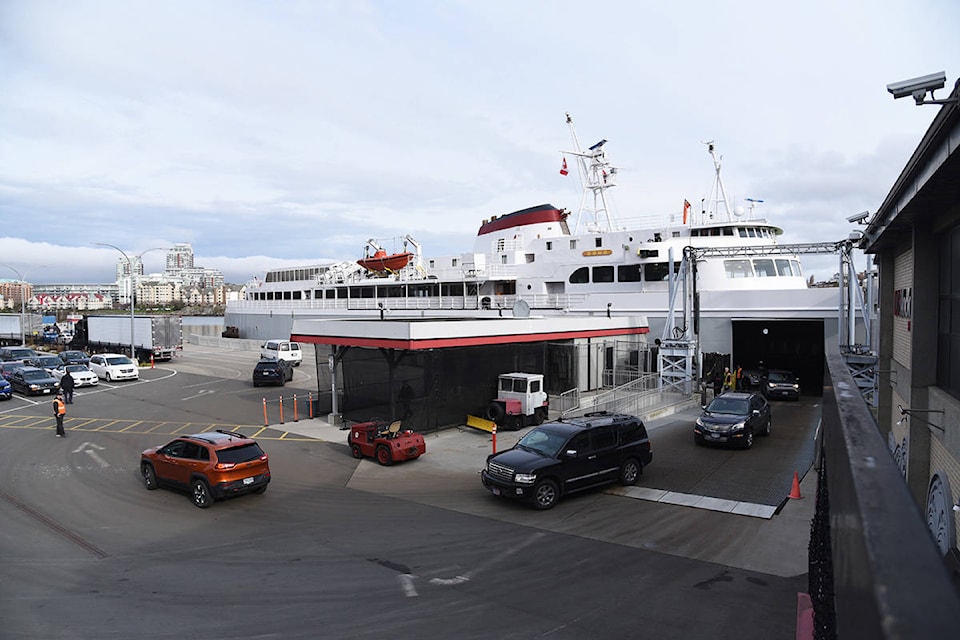Millions of people are expected to pour into Victoria as the tourism season begins, begging the question: what will be done to prevent any chance of the spread of the COVID-19, or coronavirus?
A majority of visitors to the capital come from B.C., where seven cases of the virus have been confirmed, with others coming from Alberta, Ontario, Washington state and California. Collectively between Canada and the United States there have been 63 confirmed cases of COVID-19 as of Feb. 26.
VIDEO: B.C.’s seventh coronavirus patient at home in Fraser Health region
Local agencies such as Destination Greater Victoria and Island Health are taking cues from provincial and federal agencies, such as the BC Centre for Disease Control (BCCDC) and the Public Health Agency of Canada (PHAC).
Black Press Media reached out to the BCCDC but did not hear back at the time of publication.
At a media conference on Feb. 24, PHAC Chief Public Health Officer Dr. Theresa Tam said that government agencies are working together to determine protocols.
“I know other departments are engaging the tourism industry as well so we can prepare together. That’s important, so anyone coming into Canada should take precautionary measures. Even tourists have to know about the fact that if they get sick they must self-isolate and call ahead, ” she said.
“I think making sure everybody gets those messages and gets the numbers to call if they should get sick in every jurisdiction, which is what we’re doing now at airports and on websites, is important so we can minimize spread.”
ALSO READ: Canadian nurses’ unions warn national standards for coronavirus protection too low
Presently 10 airports in Canada have been posted with extra signage to alert people of symptoms and direct them to resources. These include the Vancouver International Airport, the Toronto Pearson Airport and the Montreal-Pierre Elliott Trudeau International Airport, which are the three airports most likely to see visitors from China.
| Some of the signage seen at airports across Canadadian airports warning about coronavirus. (File contributed/ Canada.ca) |
Other airports with signage include the Calgary International Airport, the Edmonton International Airport, the Winnipeg Richardson Airport, the Billy Bishop Toronto City Airport, the Ottawa International Airport, the Quebec City Jean Lesage International Airport and the Halifax Stanfield International Airport.
Along with the signage, which is available in French, English and simplified Chinese, international travellers will need to answer screening questions at new electronic kiosks.
Travellers not showing symptoms will also receive handouts with advice.
Travellers showing symptoms upon arrival in Canada will be detained by border services officers who will contact a PHAC quarantine officer, who will run a more detailed assessment.
Airlines have also been cooperating with government agencies to be better prepared if illness is detected on flights, including stocking extra masks, gloves and sanitizer on board flights.
Other busy entry points are also taking their own measures; BC Ferries told Black Press Media it instructed staff to take extra steps in cleaning touch points on vessels.
READ MORE: BC Ferries takes extra measures to clean vessels following Vancouver coronavirus case
Locally, the customs area that caters to patrons to Black Ball Ferry and the Clipper Ferry between Victoria, Seattle and Port Angeles is also taking extra measures.
“I’ve been made aware that on this side of the boarder if someone appears sick they don’t go on board until they’re talked to by customs,” said Ryan Burles, president of Black Ball Ferry Line. “As far as the ship goes, we are under the jurisdiction of the U.S. Coast Guard and they’ve told us to be vigilant in being clean, wiping things down and using hand sanitizer.”
This extra vigilance means that crew members are taking an additional hour each day to wipe down and sanitize the Coho Ferry after it’s made its last trip to Port Angeles.
No extra signage has been posted on either side of the border for vessel passengers.
Cruise ship passengers are also being advised by the Government of Canada to check with their destination’s entry restrictions, as well as to keep up to date with travel advice and advisories.
ALSO READ: Victoria to see extra ships after cruise company cancels Asia tour in wake of COVID-19
If the infection continues to spread, however, Tam noted these measures may not be enough.
“As more and more countries are impacted, actual specific border measures may not be effective or feasible, and that’s something that we have to be aware of,” Tam said. “We are relying then on much broader health system preparedness and on individual and community preparedness.”
Like us on Facebook, send a Tweet to @NicoleCrescenziand follow us on Instagram

